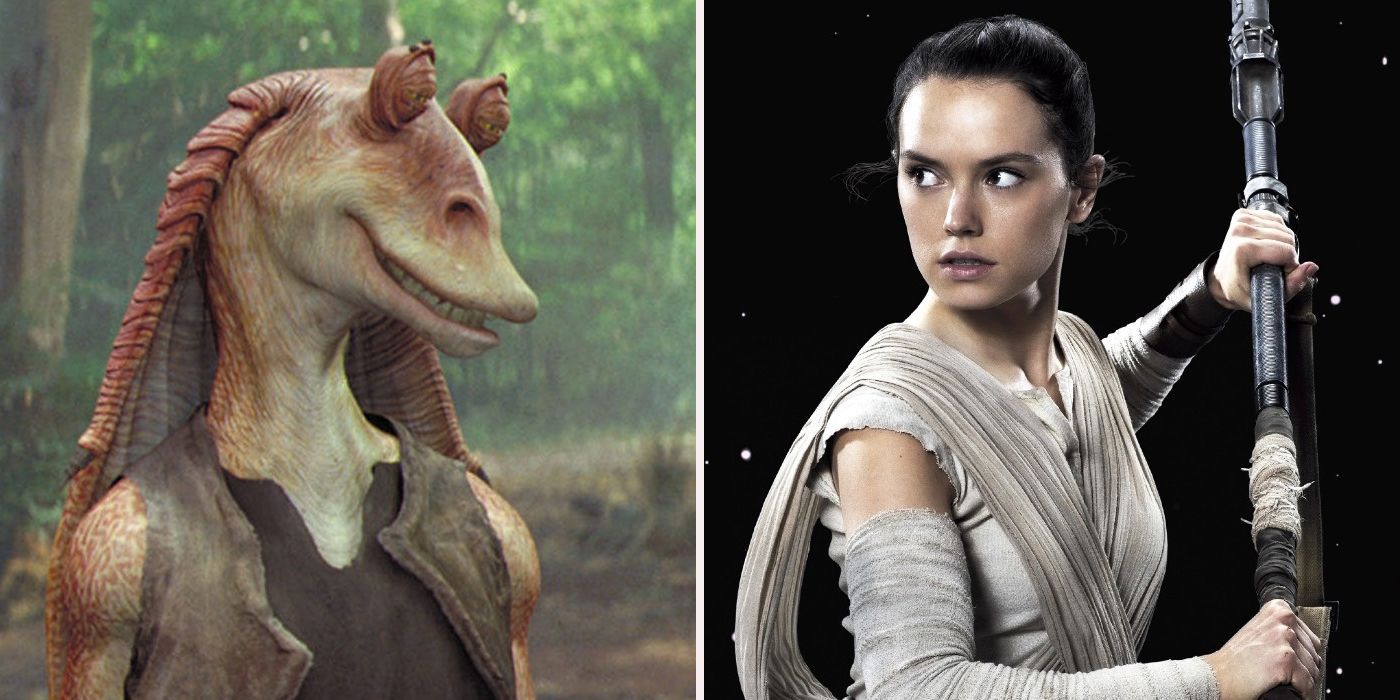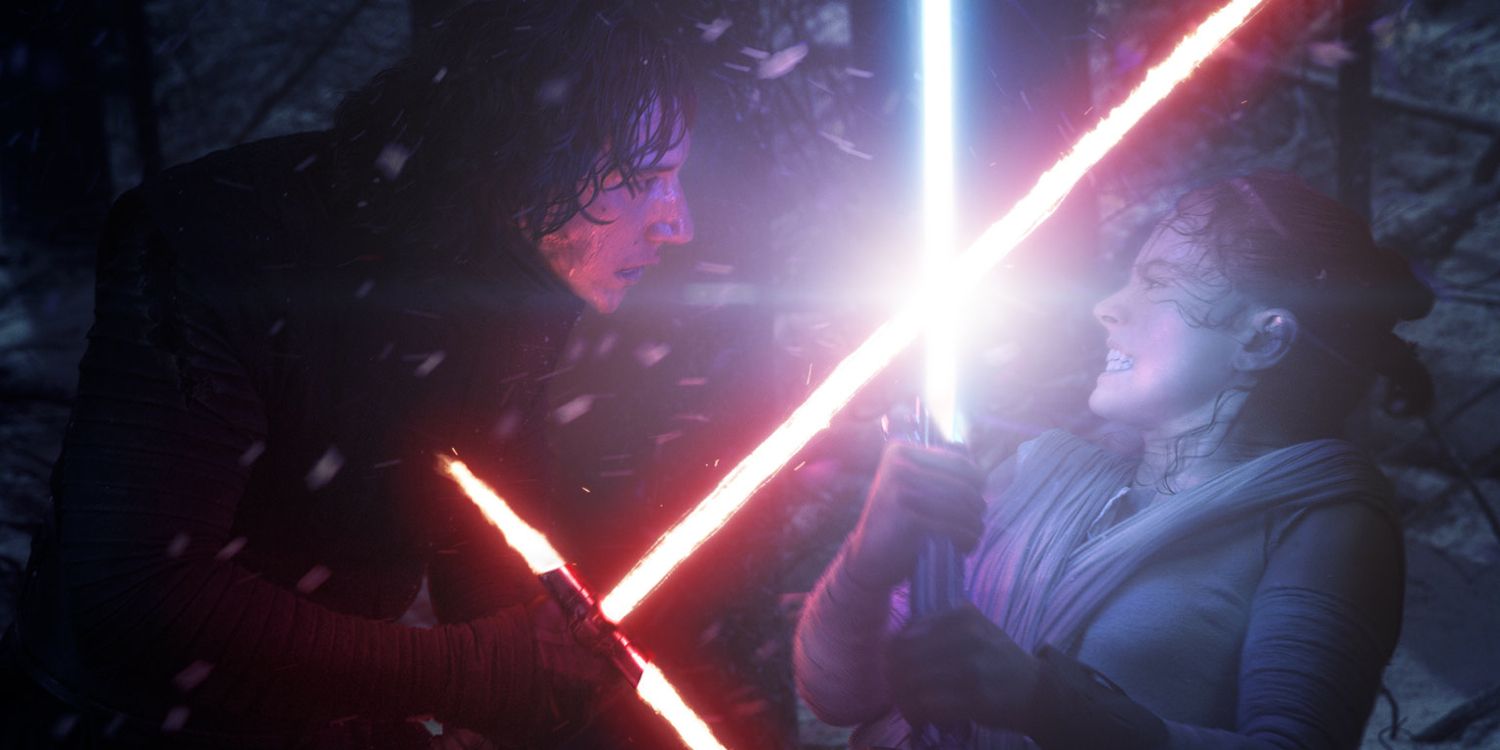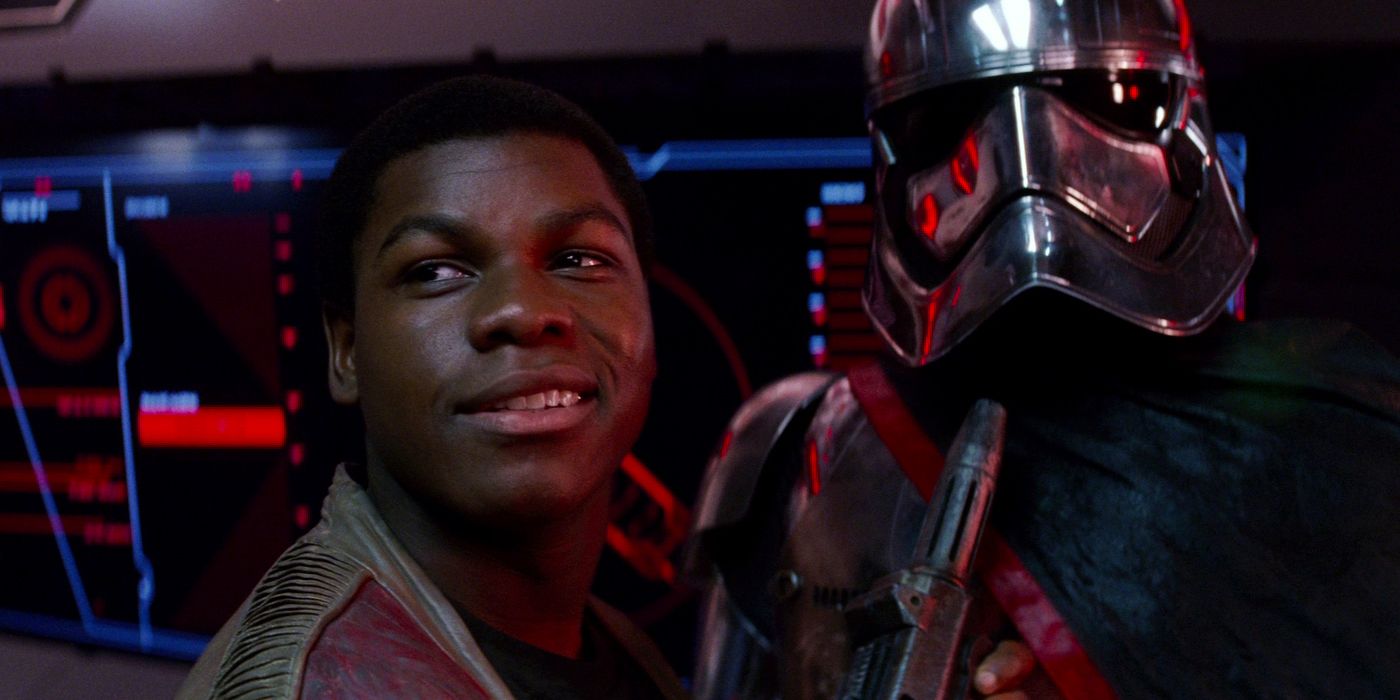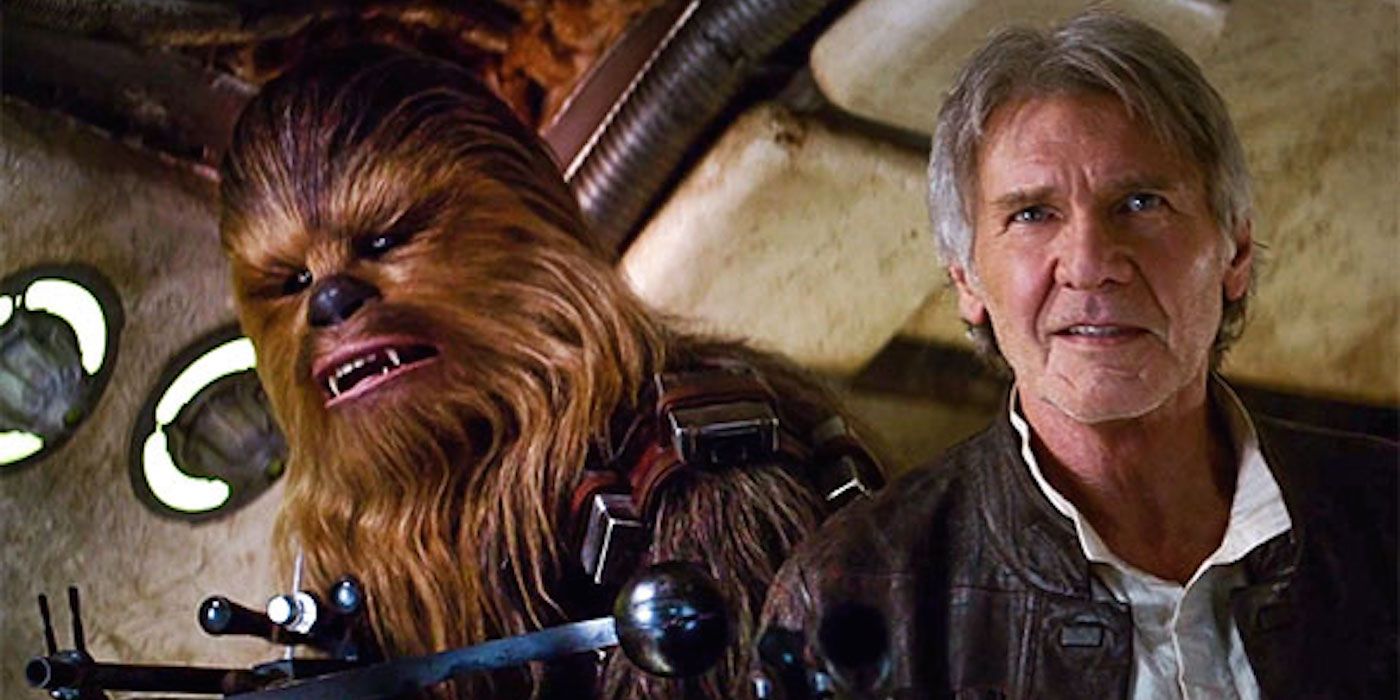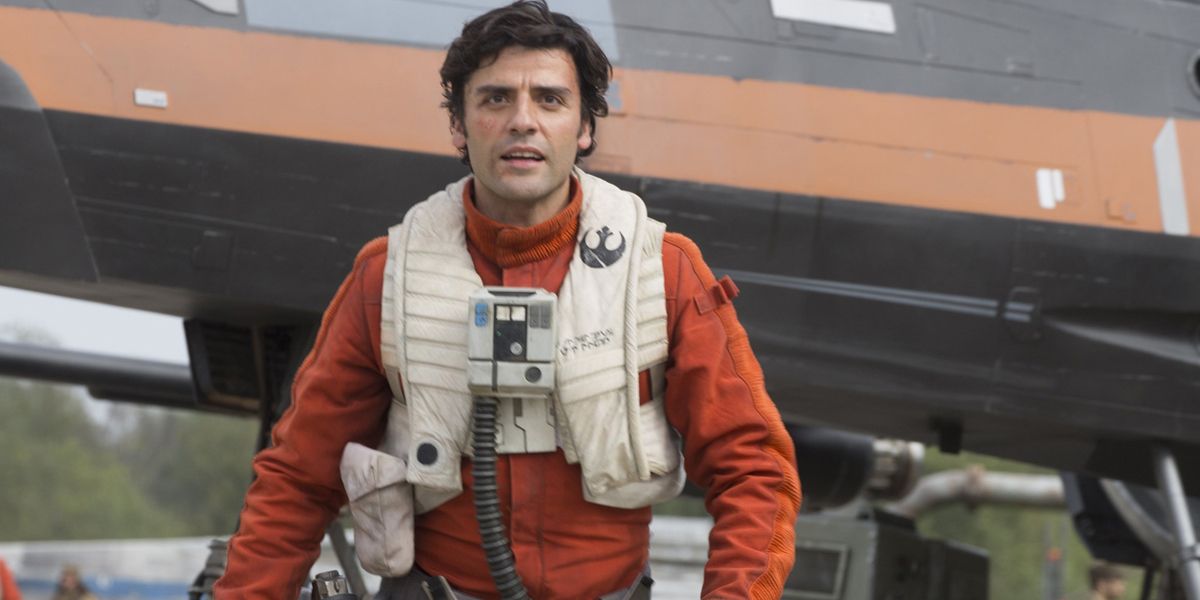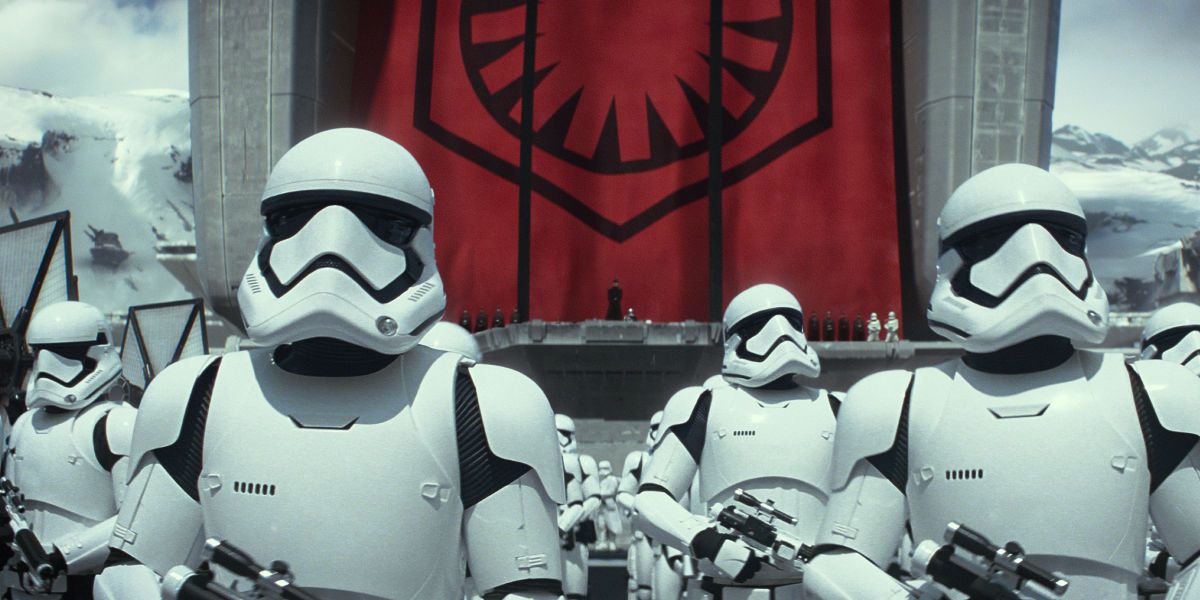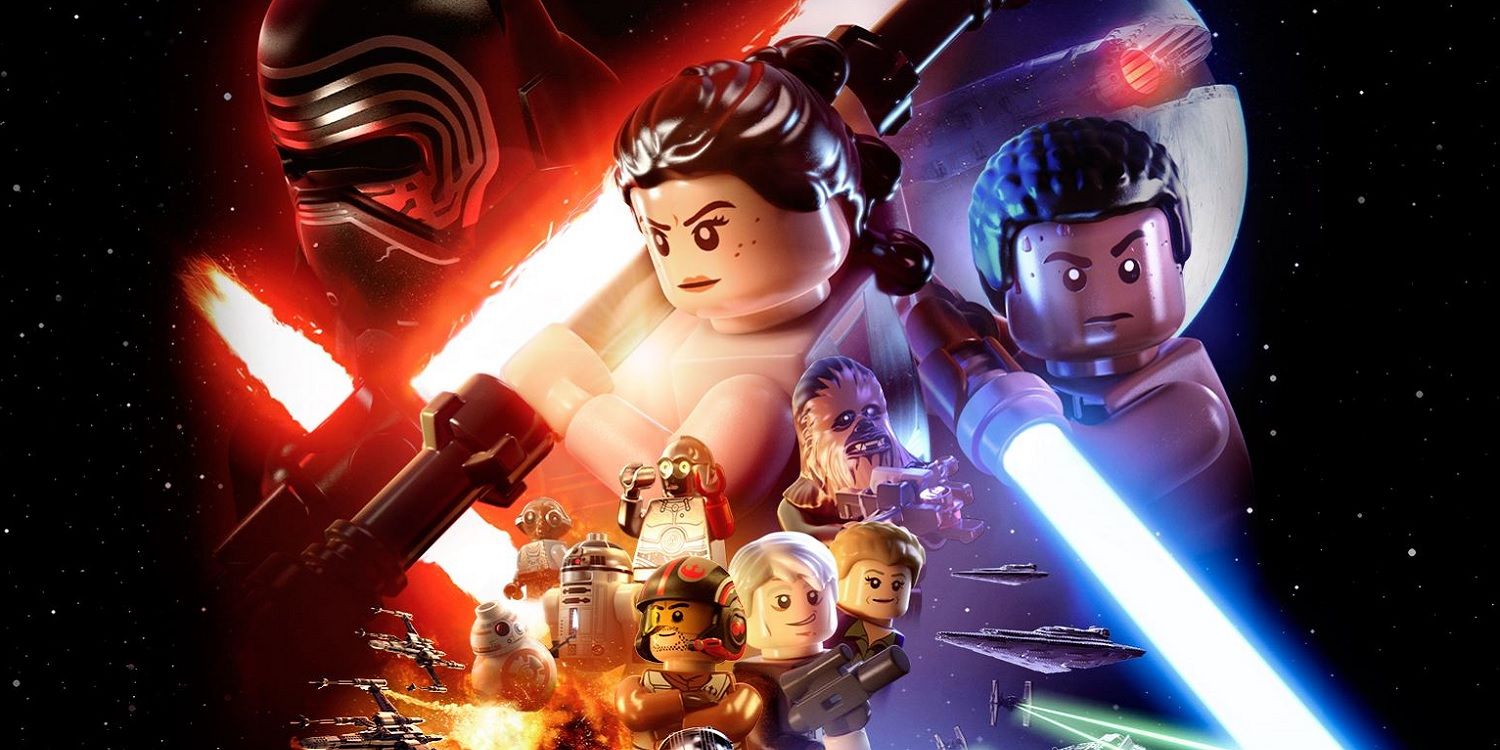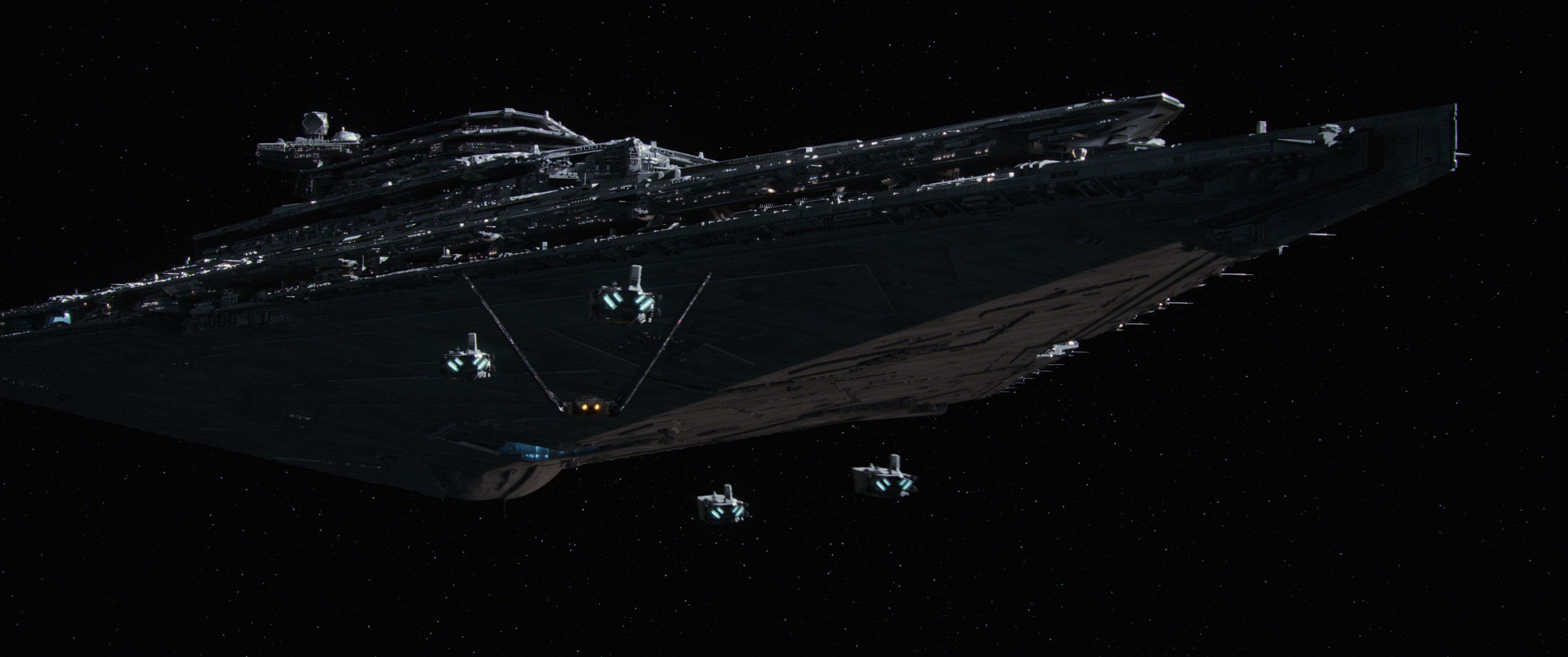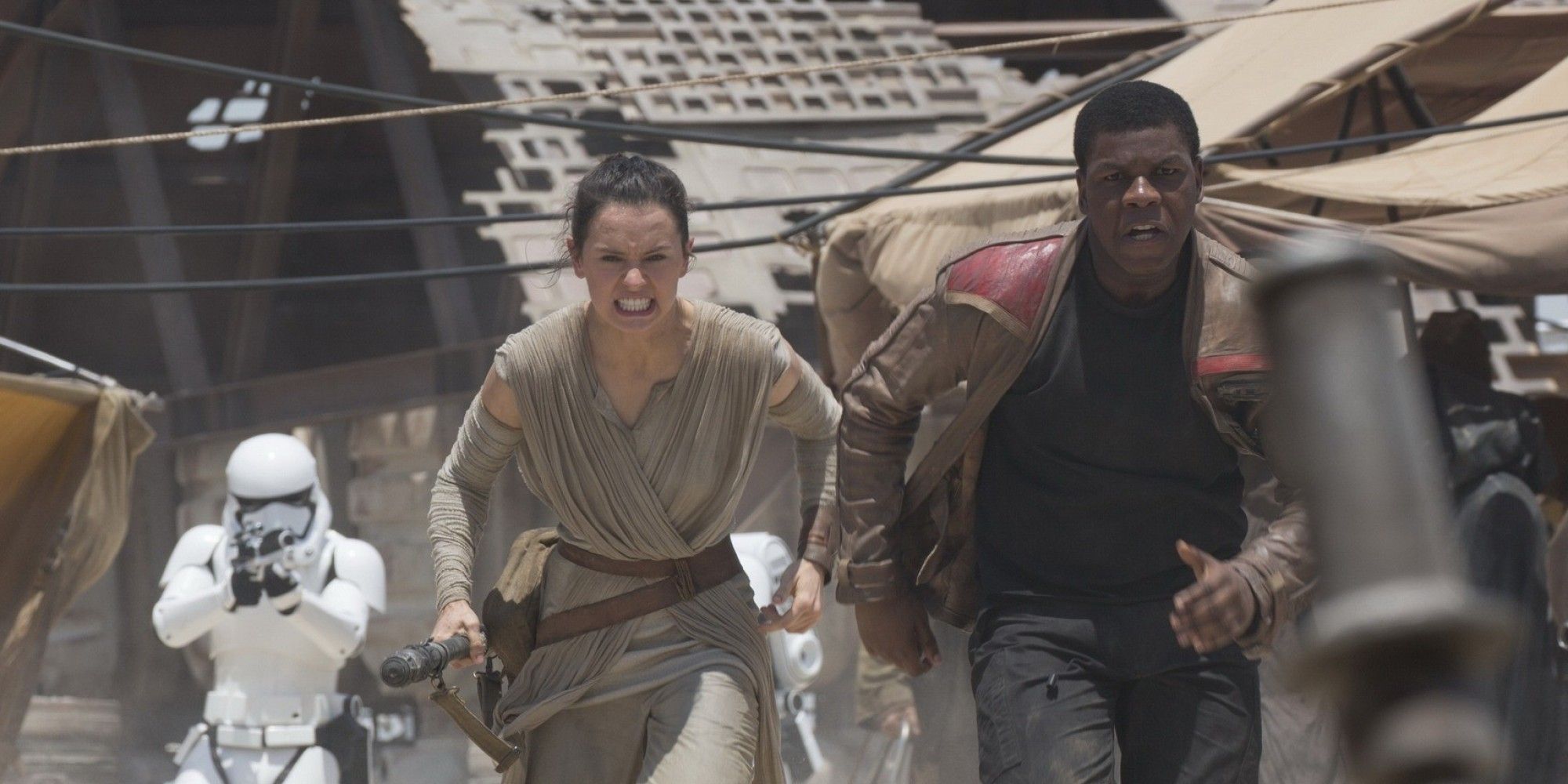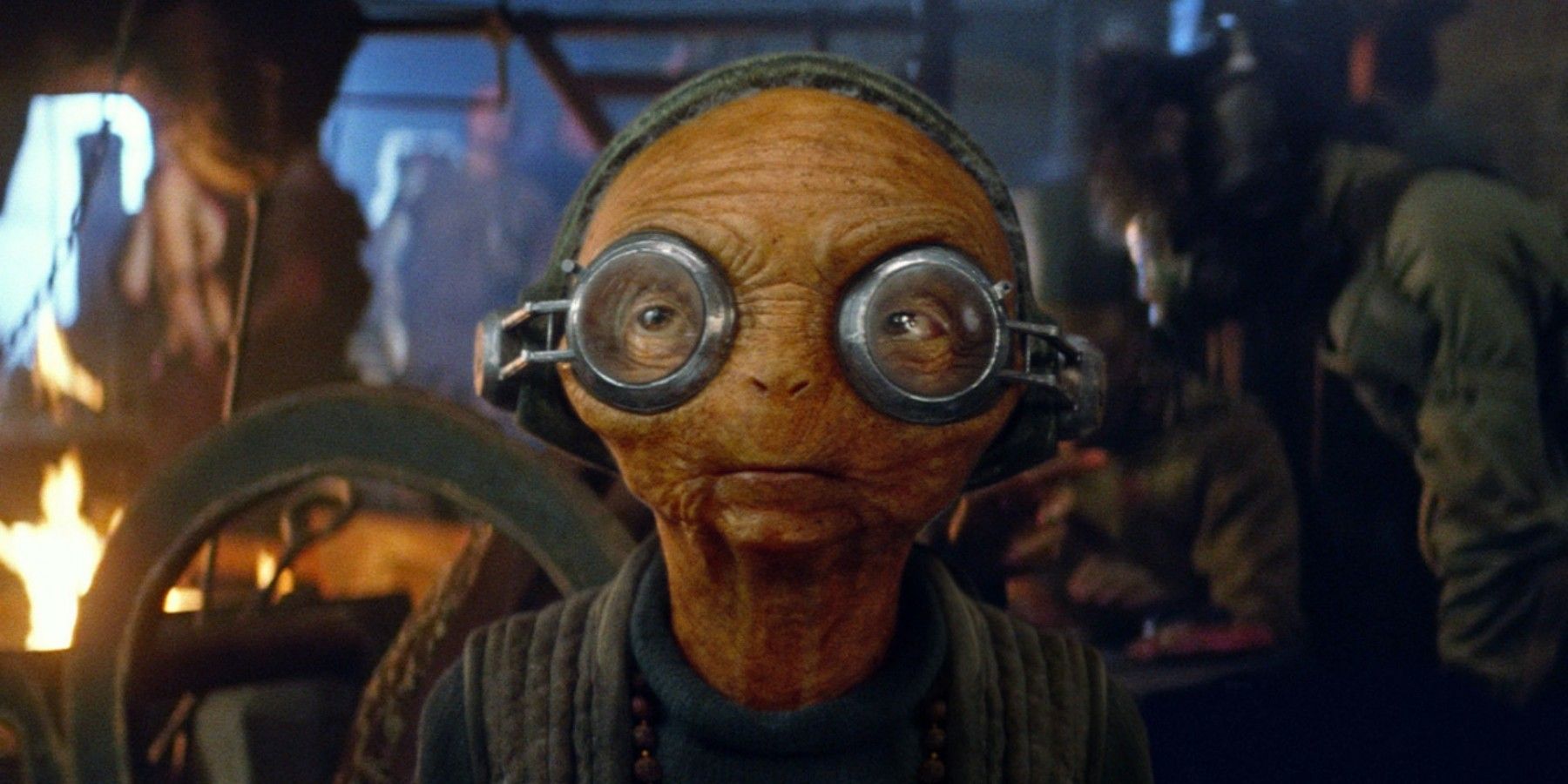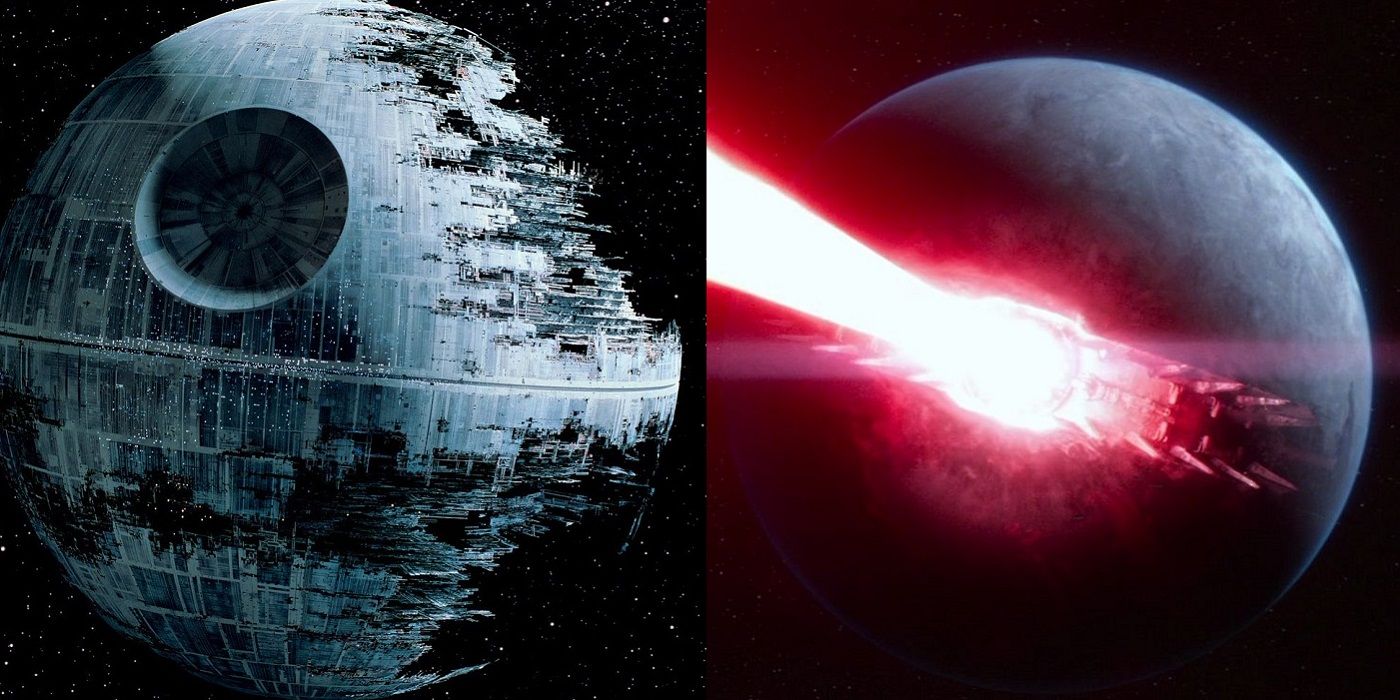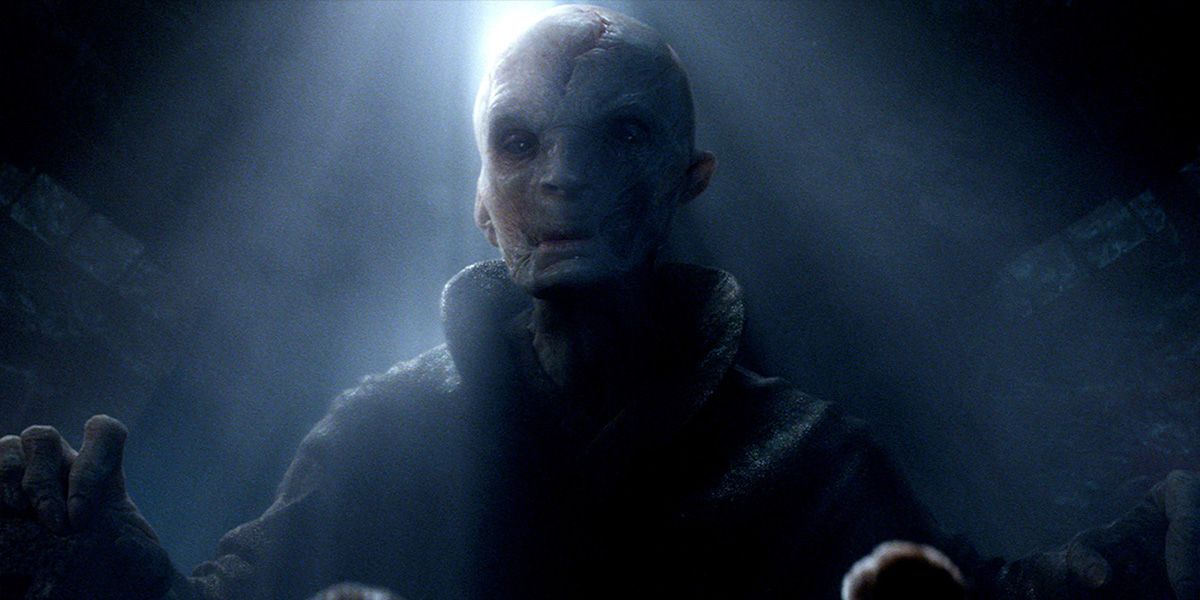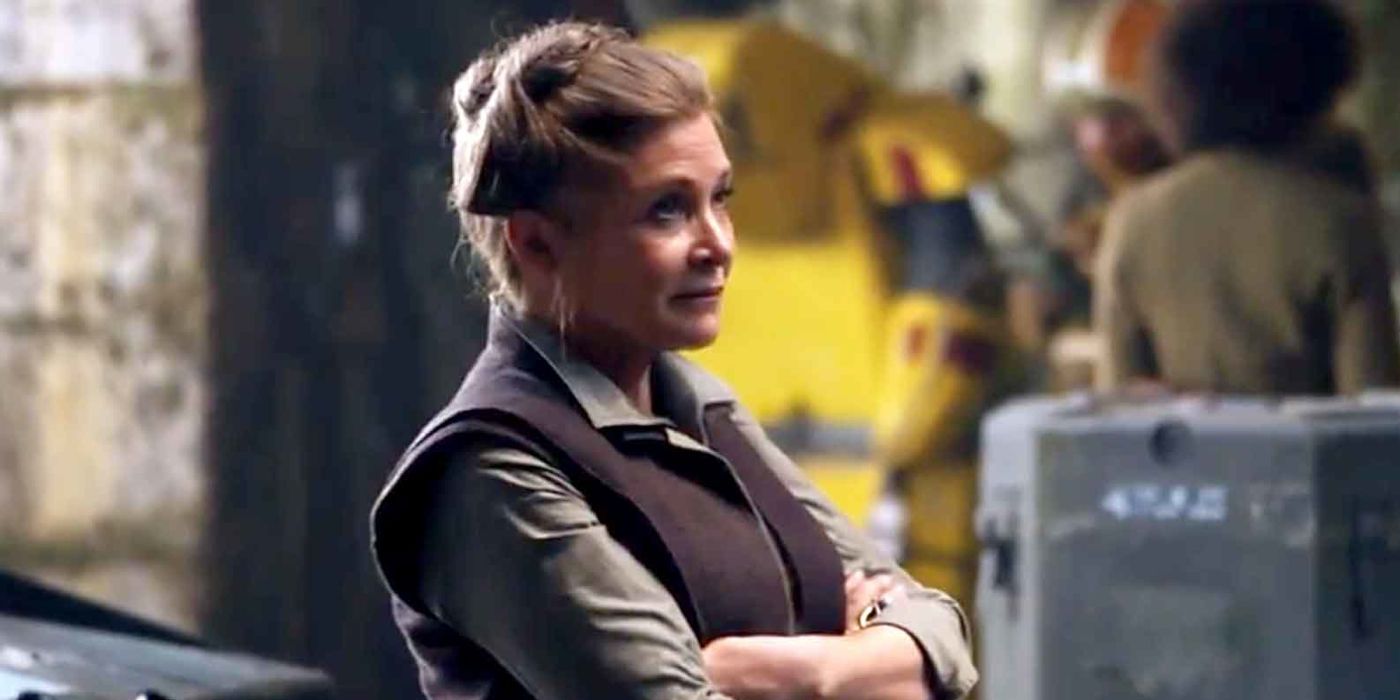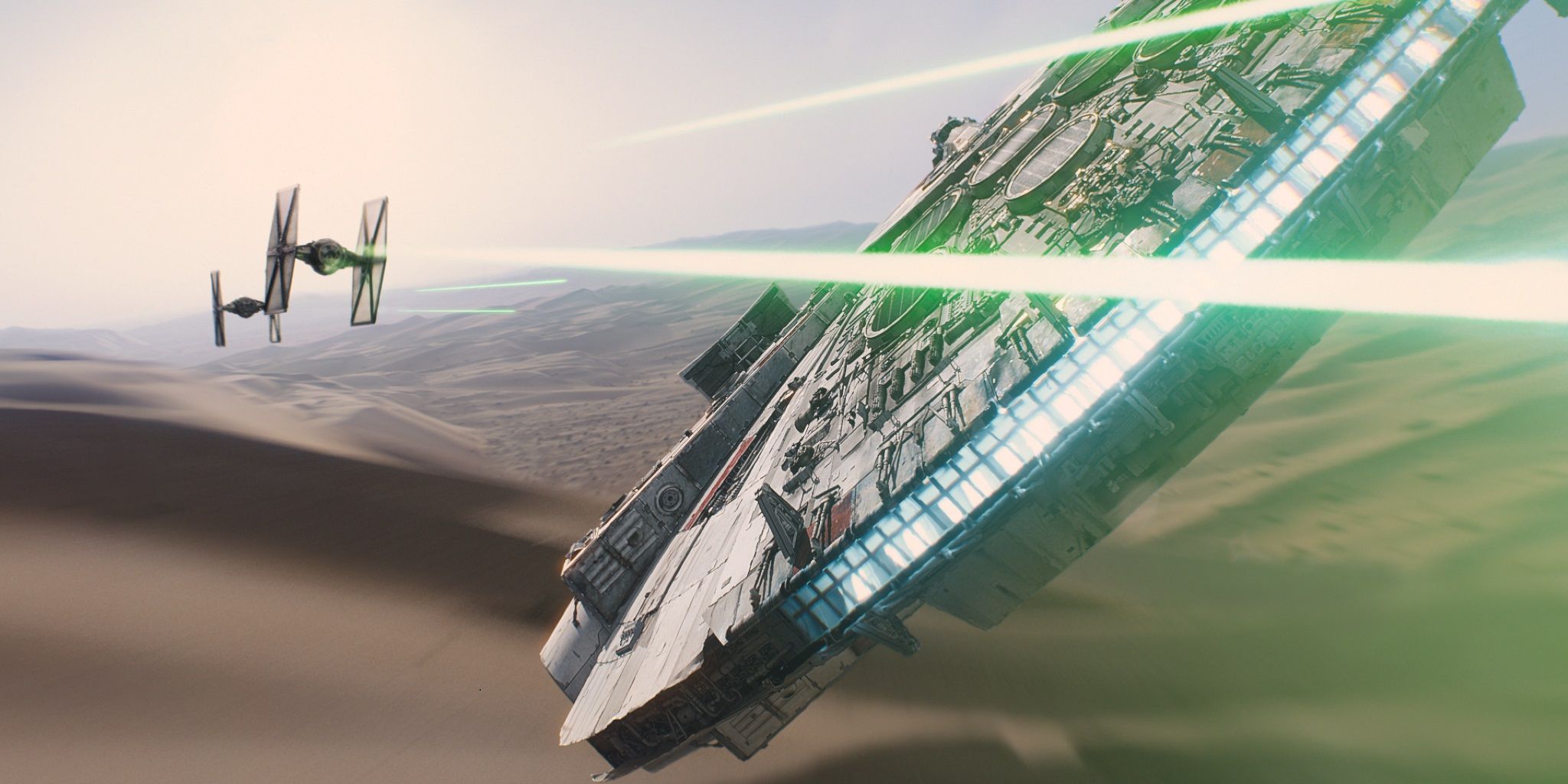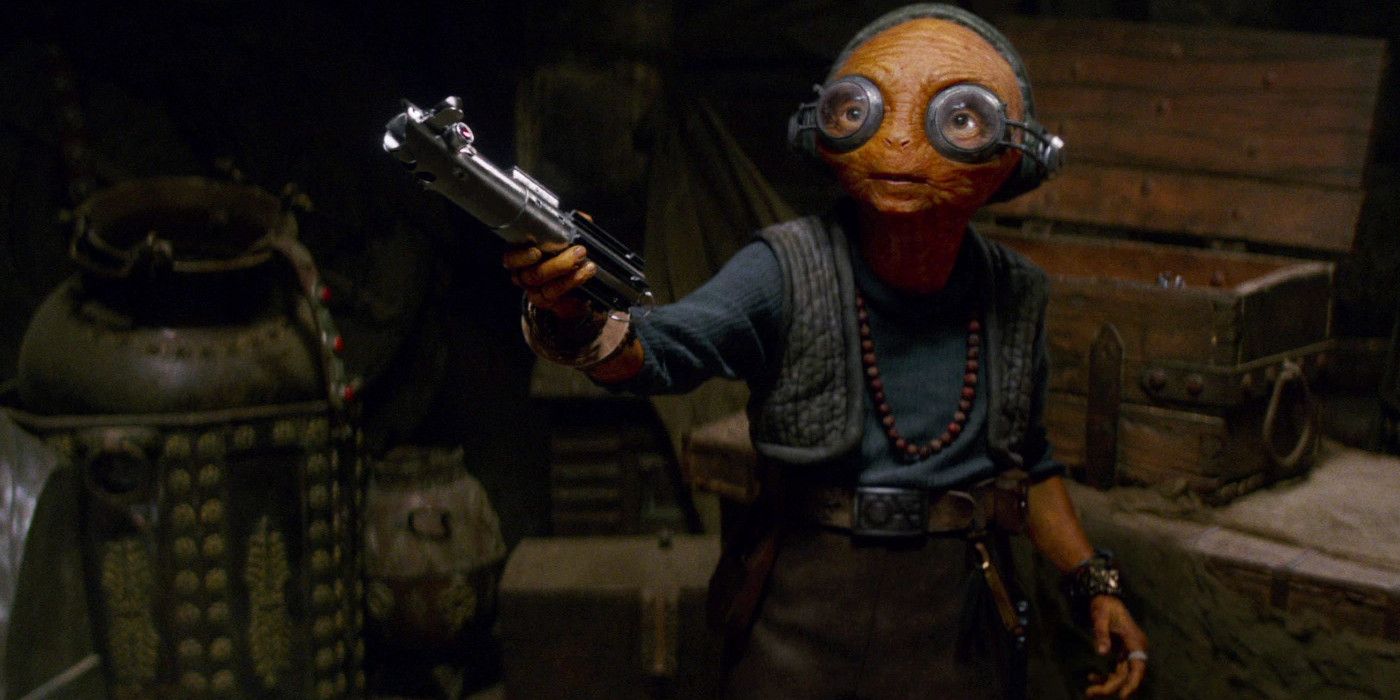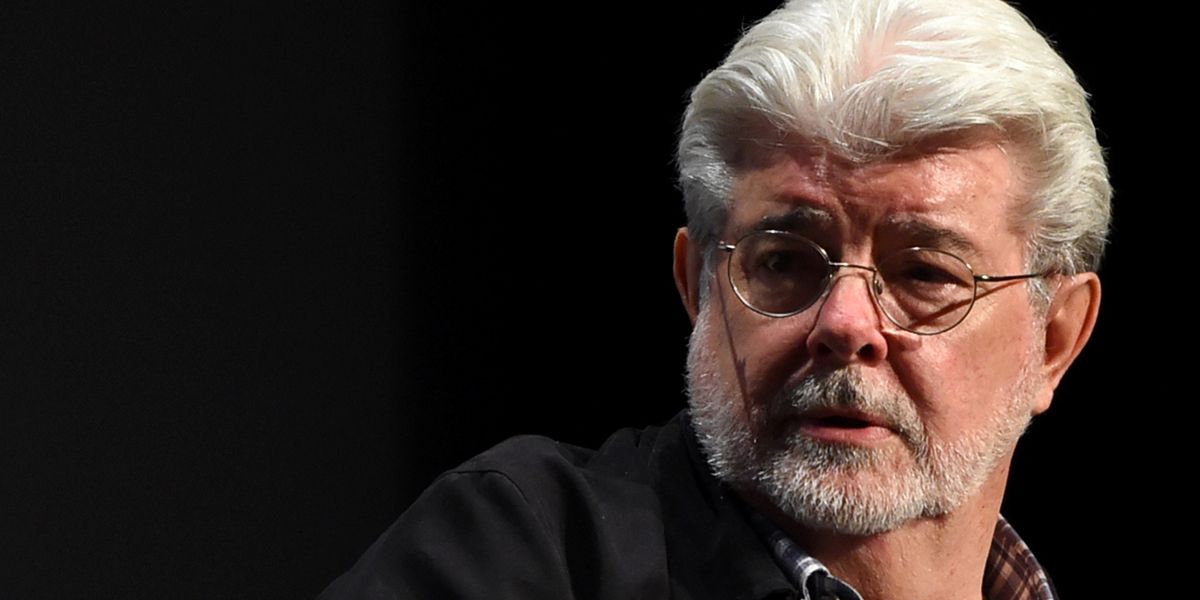Ask any Star Wars fan what the worst SW movie is, and it's almost guaranteed they’ll say The Phantom Menace. The start of a new prequel trilogy to the beloved original classics, TPM introduced us to a young Obi-Wan, the boy who would become Darth Vader, and a universe on the brink of succumbing to the tyranny of one man. The only problem was that it pretty much sucked, and the following two films had questionable qualities all their own (or did they?).
Come 2015, the first installment of a sequel trilogy was released, entitled The Force Awakens, which was greeted with open arms from fans who had grown tired of George Lucas and his increasingly bizarre alterations made to the existing trilogies.
Episode VII enjoyed immense financial and critical success, and Star Wars lovers propped it up as the champion that saved the franchise from a tired old man who no longer understood his creation.
That’s great, but what if they were all wrong? What if the direct fan-pandering blinded hoards of people from the possibility that The Force Awakens is not just a bad movie, but worse than The Phantom Menace?
In our 15 Reasons That The Force Awakens is WORSE Than The Phantom Menace, we intend to prove just that.
15. Rey's Skill Set
Luke Skywalker has long been accused of being a “Mary Sue,” a term that typically refers to a fictional character who is essentially flawless. Sure, Luke is able to learn to use an X-Wing in record time and deliver the fatal blow to the Death Star, but in the long run, he’s a troubled character and doesn’t necessarily master everything he attempts. The term Mary Sue might better be applied to Rey.
Where it took Luke multiple films to become a formidable force, Rey, a seemingly-abandoned desert-dweller, not only has inexplicable proficiency with things she shouldn't have been exposed to, but she’s also capable of feats that border on the impossible, like flying the Millenium Falcon with zero flight experience, dueling an extremely proficient Force user, and even understanding Wookiee. No one really understands Wookiee-- not even Han.
It could be argued that the Force guided Rey as it did Luke, but that’s a heck of a lot of help given to someone who isn’t even the "Chosen One." Yes, 10-year old Anakin Skywalker could Pod Race and fly starships, eventually destroying an entire Droid Command Ship, but he was literally the child of the Force.
14. Finn's Character Arc Is Nonsense
Finn is a very likable character. He’s relatable, funny, and has a great presence. The only problem with Finn is that, overall, his entire arc is filled with inconsistencies and plot holes that, upon thinking back on them, are hard to reconcile.
Our first introduction to Finn is during a savage massacre at an isolated village. Here, his friend is killed and Finn starts to have second thoughts about being bad. Now, hold up just one minute here: Finn is a Stormtrooper, essentially trained from birth to follow orders unquestioningly. Surely this slaughter is not the first “bad” thing he’s done as a trooper. Regardless, he’s been indoctrinated to do this, so what’s the moral dilemma?
Secondly, why is he so fearful that he’s going to be chased through the cosmos for his betrayal? The First Order’s military is massive, and now that they’re gearing up for a big war, it’s hard to imagine a janitor would be at the top of their priorities.
Jar Jar becoming a senator is almost more believable than Finn’s conversion. Almost.
13. Overloaded Fan Service
“Chewie, we’re home.” A heartwarming moment, Han Solo and his Wookiee companion, Chewbacca, finally make it back to their beloved ship, the Millenium Falcon.
This line elicited cheers from audiences in movie theaters worldwide when it played during the trailer. Designed from the ground up as the movie “fans want,” unlike what that mean old auteur George Lucas was offering up, The Force Awakens delivered on all fronts, but perhaps too much.
Shots and situations from A New Hope are replicated to a tee, and often in painful ways, with the inclusion of essentially yet another Death Star being one of the most excruciating moments.
Throw in a knock-off cantina, trash compactors, that weird laser ball, holo-chess and a masked, red lightsaber-wielding gent who follows the orders of a cloaked fiend, and things go well-beyond heavy handed.
The Phantom Menace commits the unforgivable sin of having Anakin be responsible for the creation of C-3PO, but aside from that egregious inclusion, it treats fans with more dignity, relegating the majority of its fan service moments through subtlety like musical cues, or visual callbacks without sacrificing its own unique identity.
12. Lackluster Side Characters
For some, Star Wars is defined by its incredible cast of side characters, like Lobot, Nien Nunb and Admiral Ackbar. In fact, one of the saga’s most beloved characters, Boba Fett, does next to nothing in the actual films, yet has maintained an absolutely diehard cult following.
This tradition continued with The Phantom Menace, where characters like Captain Panaka, the foul-mouthed Sebulba or the legendary Darth Maul (who literally says a two lines of dialogue) have earned immense popularity with subtle ease.
Unfortunately, that tradition broke with The Force Awakens. You could tell that the director and designers tried their best to create background and one-off characters that would intrigue the audience and (aside from TR-8R) they all feel hollow.
Some examples include the too-forced and uninteresting Poe, along with the new scum and villainy of Maz’s cantina, who fail to even remotely intrigue when compared to Dr. Evazan or the Modal Nodes.
11. There Is No Context...
At the end of Return of the Jedi, Luke redeems Darth Vader, Emperor Palpatine is destroyed, and the Empire collapses, allowing a return for peace and the Galactic Republic.
Thirty four years later, some mysterious, malevolent military force called the First Order, which shares a lot of similarities with the Empire, emerges to cause trouble while the Rebels, er, the Resistance challenges them.
How did the world get this way? Why isn’t the Republic able to fight the First Order? What in the world is Snoke and how did he gain power? These aren’t just fringe questions; they are integral plot elements that are given absolutely no explanation.
Yet, in The Phantom Menace, we’re dropped into an entirely new era of the Star Wars universe, introduced to characters and concepts that are also making their debut, but it's all adequately and appropriately explained. Even TFA’s crawl fails to offer any genuine context to why any of this is happening, which boggles the mind.
However, there's a reason for this.
10. ...Because Supplemental Materials Are Required
Plenty of people ignored the major elephants in the room regarding the main players and forces of TFA, but let’s say you really needed an explanation that the movie didn’t provide. Don’t worry, we’ve got you covered. Simply purchase four or five supplementary books and buy some video games.
Want to know what happened when the Empire fell, then read the Aftermath trilogy by Chuck Wendig and get your fill. Where is the rest of the Imperial Star Fleet? Play Battlefront. Hey, why does C-3PO have a red arm? Good question, read the comics.
More bizarrely, however, is that critical context and explanations are delivered through LEGO Star Wars: The Force Awakens. Yes, a Lego-based video game acts like an extended edition of the film.
Sure, Jar Jar and the Gungans are annoying in TPM, but at least the film dropped some lines of dialogue to fill us in on who they are and where they stood instead of forcing us to drop cash on multiple installments of other media.
9. Uninspired Ship Designs
The Phantom Menace faced criticism because its Nabooan starfighters were sleek and futuristic when compared to the clunky, hodge-podge designs of the original trilogy’s X-Wings, TIEs and, the king of all hunks-of-junk, the Millenium Falcon.
While this is a reasonable critique, the designs were gorgeous, impressive, and completely unique, unlike what The Force Awakens brought from the shipyards. You’d think that 34 years after the Battle of Yavin, technology and design aesthetic would be a little shinier than just rehashing old-fashioned tech and concepts.
Wow, the First Order illegally constructed super powerful Star Destroyers? Oh, they just added some spokes to the front? "New" TIE fighters are painted black, while X-Wings get a thruster redesign? Sounds good. While we are exaggerating (slightly) one need only look to real life navies to see the kind of massive changes each successive ship can bring to the table.
If we can make conceptual and technological advances in our world, we’re sure the First Order could have cooked up something far more evolved than a rehashed Star Destroyer (and enormous Death Star-like weapon, while we’re at it).
8. Breakneck Pacing
When The Force Awakens starts, it doesn’t stop. It merely increases in velocity until it topples over itself as the credits roll. There’s nothing inherently wrong with fast-paced films, but in Star Wars movies, it’s nice to get some breathing room once in a while. TFA tries to stuff far too many sequences into its runtime while neglecting finer details and/or character moments.
The Phantom Menace takes a decidedly different approach. While it’s certainly loaded with unbelievably boring scenes featuring droning and wordy dialogue, it takes the time it needs to build up the story and characters, which also serves to make each and every moment more impactful, particular the action sequences.
TFA’s breakneck pace hurts the overall story in the long run, leaving viewers with little time to get acquainted with or care about the main characters while being flung through the roller-coaster ride of its action sequences.
7. Weak Alien Designs
The Phantom Menace likely has the most hated Star Wars alien character ever conceived: the infamous Jar Jar Binks. Yet, Jar Jar, his race, and every other new alien in TPM felt like they belonged in the world of Star Wars and seemingly bubbled out from the same creative soup that gave us all the beloved creatures of the original trilogy.
The Force Awakens, on the other hand, sadly gave us lame designs, or creatures that flatout lacked the cohesive aesthetic of George Lucas’ original vision.
To rag on Maz Kanata, not only is the character concept as derivative as possible (a female Yoda… crazy) but her design is merely a diminutive alien with cartoonish spectacles. She feels like she belongs more in a Pixar movie than Star Wars.
Then there are the Rathtars. Star Wars has definitely had its non-humanoid creatures before, but these absurd mouths-with-tentacles sloshing about on Han’s cargo ship are also incredibly generic, especially when compared to their spiritual relatives, the garbage compactor-loving Dianoga.
6. Tries To Outdo The Previous Trilogies And Fails
Do you remember that old meme of Xzibit saying things like “yo dawg, I heard you like speakers, so we put speakers in your speakers so you can listen to your music while you listen to your music?” In a nutshell, Xzibit has described The Force Awakens.
Look no further than the face-palm worthy Resistance briefing scene where someone actually refers to Starkiller Base being like the Death Star, but a lot bigger. That’s the entire mantra of the film.
Yo dawg, I heard you like double-sided lightsabers, so we put three lightsaber blades on Kylo Ren’s. We heard you liked desert planets, so here’s a new one, except this one has crashed star destroyers on it. What’s that? You like the famous cantina scene from A New Hope? Check out this wacky and super dangerous one we’ve made for you with its own kooky music in the background.
The Phantom Menace generally avoided this by doing its own thing while still remaining faithful to the spirit of the franchise. There are no “bigger and better” callbacks, only the story it’s trying to tell in its established universe, which it does without pandering to its fans.
5. Snoke
Snoke is the sorriest excuse for a “big bad” that Star Wars has ever had. Before the reveal, Andy Serkis gave interviews describing how the character "could never have been done" without motion capture. Yet, when he’s finally revealed, he’s just a “giant,” sickly, scarred humanoid that, honestly, could have been done without motion capture.
Compared to the insidious Palpatine or the ultimate Sith, Lord Vader, Snoke is a poor man’s attempt to create a threatening, otherworldly villain. He speaks about spooky things and… well that’s pretty much it.
Compared to Darth Maul, a character who, once again, spoke a mere two lines of dialogue, Snoke seems even more neutered. Darth Maul intrigued and enamored more people than Snoke has, even with his extremely minimal dialogue and presence. Worst of all, you can tell that the creatives really wanted the audience to fear Snoke and take him seriously. They failed.
4. Weird Politics
The Phantom Menace is notorious for its preoccupation with politics and trade agreements. The film is bogged down with these boring sequences, but at the very least, they were explained and were understood by audiences (whether they wanted to understand anything regarding trade routes or not.)
The Force Awakens, already short on context, also decided to include complex political situations, sans explanation, instead opting to just assume the audience didn’t care enough to know, because... pew-pew X-wings.
So let’s get this straight: the Republic, now in control after the fall of the Empire, is something like five planets, and the entire, galaxy-spanning Imperial remnant is just gone, except for something called the First Order who bear a striking resemblance to the Empire, but were from the Unknown Regions.
Instead of going to war with them, the Republic refuses and a group forms a bootleg Rebel Alliance known as “The Resistance” in order to combat the threat. But wait, what kind of threat does the First Order pose? What are their goals? Do they actually control any systems?
Shh, don’t worry about that. Just watch Kylo Ren stop a laserbolt in mid-air with the Force. It’s cool, isn’t it?
3. Disappointing Set Pieces
Think about your favorite parts in Star Wars. Maybe it’s when the Millenium Falcon dogfights TIEs in A New Hope, or the Battle of Hoth in Empire. Perhaps it’s the final duel between Darth Vader and his son.
Episode VII, on the other hand, lacks any impactful set pieces, with some of its best moments feeling as though you’ve been-there-done-that because of its liberal borrowing from the previous films.
The climactic assault on Starkiller Base seems run-of-the-mill (perhaps because they’ve already destroyed two Death Stars at this point), the Falcon evading TIEs has been done, and Rey versus Kylo Ren, while exciting and visceral, was just another lightsaber battle in a franchsie that’s loaded with iconic and legendary duels.
Episode I alone trumps nearly every setpiece that VII brings to the table, showing off unique sequences like the epic Pod Race or undersea chase, while also giving us one of the best saber duels in the franchise, and an incredible opening that showed what the Jedi were capable of in their prime.
2. Loose Ends And Sequel Bait
By their very nature, The Phantom Menace and the prequel trilogy were meant to set-up the original trilogy. Even so, The Phantom Menace felt like a self-contained film, much like how A New Hope did.
The good guys win, Anakin becomes a Padawan, and Naboo is free. Of course, we know what will eventually happen, but TPM stands on its own, despite there being much more to tell.
The Force Awakens takes the opposite approach, stuffing itself with so many loose ends that it barely holds together as a single, enjoyable unit, instead only serving as a footnote in a full-blown new trilogy, where its many plot threads will (hopefully) be tied up.
Worst of all, the film is unabashed in its sequel baiting. Luke’s lightsaber? That’s a story for another time. The Knights of Ren and the deaths of Luke’s students? Maybe in The Last Jedi.
What about Rey’s visions? Nah, we’ll save that for later, too. These are integral plot points for all the involved characters, yet they’re cast aside to be explained later on, when even a morsel of information would be more satisfying than essentially a wink and a nod, spiritually saying “See you next time!”
1. Artistically Dead
The Force Awakens does everything in its power to emulate the original trilogy by being a retelling of A New Hope with a different coat of paint. TFA feels like the results of countless Star Wars focus groups, with everything fans loved about the original movies, hated about the prequels and more, all combined into the perfect corporate product under the guise of a “return to form.”
It’s for these reasons that The Force Awakens is an artistically dead piece of media that completely misses the creative magic that propelled the original film to soaring heights. Where The Force Awakens did everything “right” by fans, it took no chances, nor told a story worth telling. However, the prequels, particularly The Phantom Menace, did, regardless of quality.
Episode I may not be the film fans wanted, nor is it that good of a film, but in the end, it’s still the singular vision of George Lucas, the creator of this rich universe and an artist at heart. It is the story he wanted to tell, and he told it. It justifies its existence as art. The Force Awakens can’t say the same.
---
Do you agree or disagree? Let us know in the comment section!

